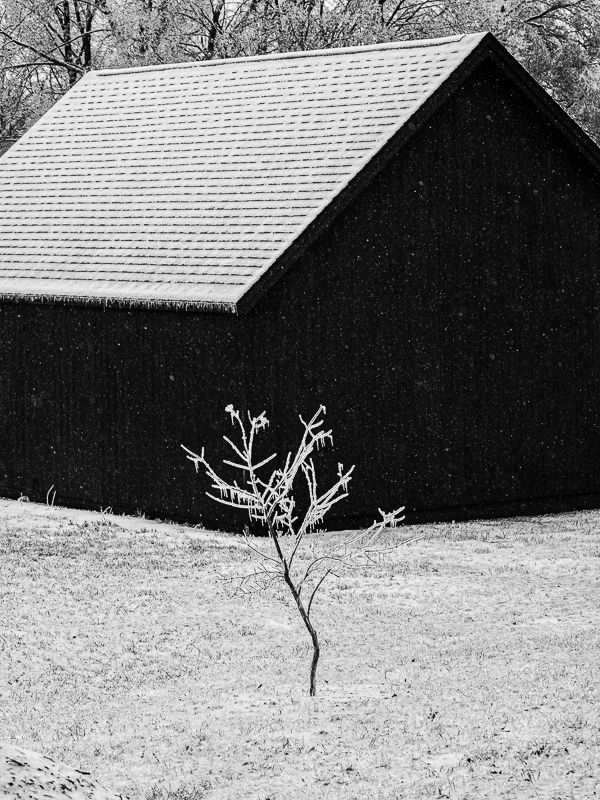Every Picture Is a Compromise
Lessons from the Also-rans
Most photography websites show the photographer's very best work. Wonderful. But that's not the full story of a creative life. If we want to learn, we'd better pay attention to the images that aren't "greatest hits" and see what lessons they have to offer. Every picture is a compromise — the sum of its parts, optical, technical, visual, emotional, and even cosmic – well, maybe not cosmic, but sometimes spiritual. Success on all fronts is rare. It's ok to learn from those that are not our best.
This is a series about my also-rans, some of which I've been able to improve at bit (i.e., "best effort"), none of which I would consider my best. With each there are lessons worth sharing, so I will.

Previous image | Next image |
Original digital capture

The Miracles of Technology Week
Split-Toning
I've said for years that this is the best time in the history of photography to be a photographer. This week, I'll share an additional five "failures" that were rescued/improved by the miracles of software.
What I saw that I liked:
A cute red barn in the snow.
What I don't like in the picture:
Well, first, the red won't be red when I render this image in b/w. In fact, what I really want in this image is what is called a "split-tone."
What I learned:
I first became away of split-toning when I saw some original gelatin silver prints from Olivia Parker back in the 1970s. Using very tricky chemistry on specific papers, she was able to render the shadows in a warm-brown and the highlights in a cool-blue. This is a very neat trick to emotionally nudge the viewer.
In the wet darkroom, split-toning is almost impossible. Parkers accomplishment was amazing. In the digital darkroom however, split-toning is very easy using the Color Grading tools. The split-tone at the left is slightly warm in the shadows and very subtly blue in the highlights. To my eye, this makes the image seem colder — an appropriate rendition for this subject.
2nd Chances: What I might try next
Maybe that barn got a touch too dark. |
|


